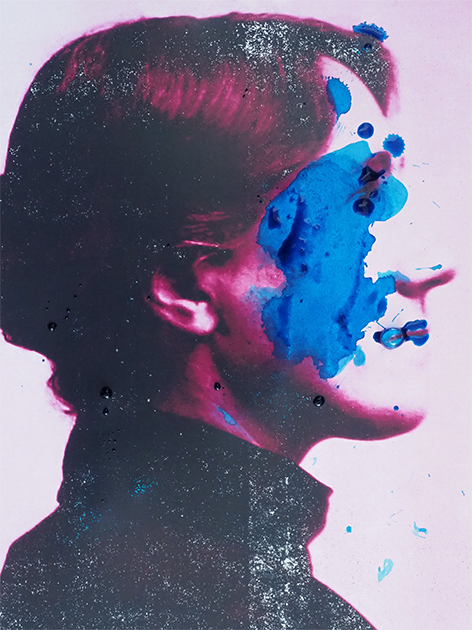 < < |
Intercepted
A
photographer is also a witness, a spy and a creator of
alternative realities. The camera, digital or analog has it’s
limits in telling a ”true” story but photography has the
ability to step in, take the place of memories, overwrite and
reshape a series of events. Through photography some things
become visible, others disappear. A bit like the secret ink
commonly used by spies during the early days of the first
world war, treated in the right way it develops completely but
looked at with the wrong methods it becomes unreadable and
confusing. In the autumn of 2016 I spent ten days in London,
searching through the files regarding my great, great aunt Eva
de Bournonville at the National Archives in Kew. During the
first world war,
she played a very small part as one of the most useless
spies recruited by the Germans. Eva de Bournonville, a Swedish
lady descending from a well known and respected Danish family
of ballet choreographers and singers found herself in serious
economic trouble at the outbreak of the war. When she was
contacted by a Mr. Smith and offered a simple way, without too
much effort involved, as he claimed, to get out of debt and
earn a lot of money by working for the German Secret Service
in London, she accepted. In Kew, everything from letters to
trial protocols are kept, although all the facts seemingly lie
in those 100 year old files, the true reason for Eva’s crimes
still remain blurry. The story of this fortunately
misfortunate female spy was the starting point for the
intricate web spun by the images in the series ”Intercepted”.
A work that received the Recommend Fellowship selected by Ingo
Taubhorn and also resulted in the book „Intercepted“ published
by Fotohof in 2018.
click on image to begin
|
 <
< <
<